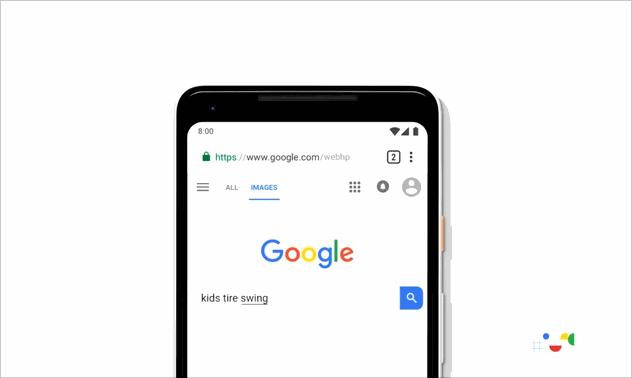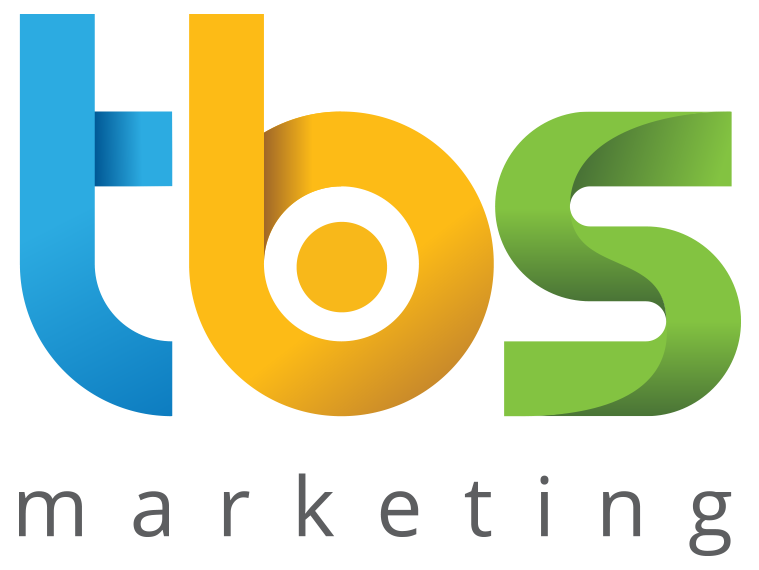
Google I/O has just unveiled what is possibly one of the most significant updates to its search algorithm known as Googlebot, in recent history. They recently made the announcement that Googlebot will now become “evergreen”, which means that it will now keep pace with the latest and most up to date version of what is arguably Google’s most popular product, Google Chrome. This will have massive implications for many things related to SEO, but most importantly, in regards to JavaScript-heavy websites and rendering.
JavaScript Implications
The new update will not only keep the program evergreen with Chrome but will also allow Googlebot to use Chromium’s rendering engine. Which will not only guarantee that the latest and greatest web platform features will be compatible, but also that websites that are on certain platforms will become a lot more SEO viable. Wix, for example, has completely revolutionized the way people create websites by having the users create it themselves. Having said that, the tradeoff was that you would have a relatively inexpensive website that looks great and is easy to edit, but one that will be less SEO compatible.

This is due to the aforementioned JavaScript elements of the platform (something which Wix relies on heavily in order to make their websites so user-friendly) being “unrenderable” to Googlebot and thus, more difficult to rank on Google’s search engine. However, the algorithm can only do so much and it is vital that you also have a qualified SEO expert break down exactly what changes your website needs to make in order to give it the best chance of being picked up by Googlebot and ranked for relevant keywords.
Content Indexing
In addition to these changes, there are a few more new features that will benefit everybody who performs SEO on their site. For one, Googlebot is now able to process and analyze more of your website’s content than ever before, Structured data can help to provide this context in a machine readable format. Implementing some types of structured data can help Google to show rich results in search.
The latest Schema to be added and that was recommended is How-to and FAQ markup. Here is an example of what it looks like.

Here’s how you can go about implementing structured data:
- Go to schema.org/docs/full.html and select the right schema type for your site
- Implement the markup, starting with a test page and test in https://search.google.com/structured-data/testing-tool/
Most commonly websites should contain localbusiness and website schema at the very least. However with the direction Google are taking adding as much schema as possible should be part of your strategy.
Big changes are coming to image search

The evolution of search was always going to impact images at some point. Google is moving away from the simple tile display, to adding more search driven data to help you make better decisions. These changes give more context to the site where the image is placed and when selected give even more context to the user.
For SEOs this means image optimization in the form of accurate titles and alt tags is more important than ever. And for E-commerce sites having accurate schema data will present a new source of potential traffic and revenue.
Best practice guidelines for image search include:
- Using high-quality images.
- Image placement should be prominent near the top of the page, with text around them.
- Keep important image text alongside images, not embedded in the image.
- Stuctured data like product and recipe markup should be implemented and descriptive file names and a clean URL structure should be a must.
- Refrain from using images as part of CSS and go with plain HTML img tags as Google can prcess them more effectively.
- Use responsive images with the picture element and srcset attribute.
- Use lazy-loading with IntersectionObserver – which now works by default.
Why we love this update
The reason we love this update is that it makes our job as SEO experts more directly relatable to our client’s marketing goals. We can focus on making helpful, relevant and exciting new content for our clients without putting excessive onus on finding technical workarounds to Googlebot’s technical limitations. This means we can spend less time with our noses buried in code and actually focus on meaningful work that will get our clients results and get them ranked for their target keywords faster.
However, it is still vital that your website is set up in an SEO friendly manner which, for some platforms this is easier than others. For expert advice on how to get the most out of your website contact us at TBS Marketing.
